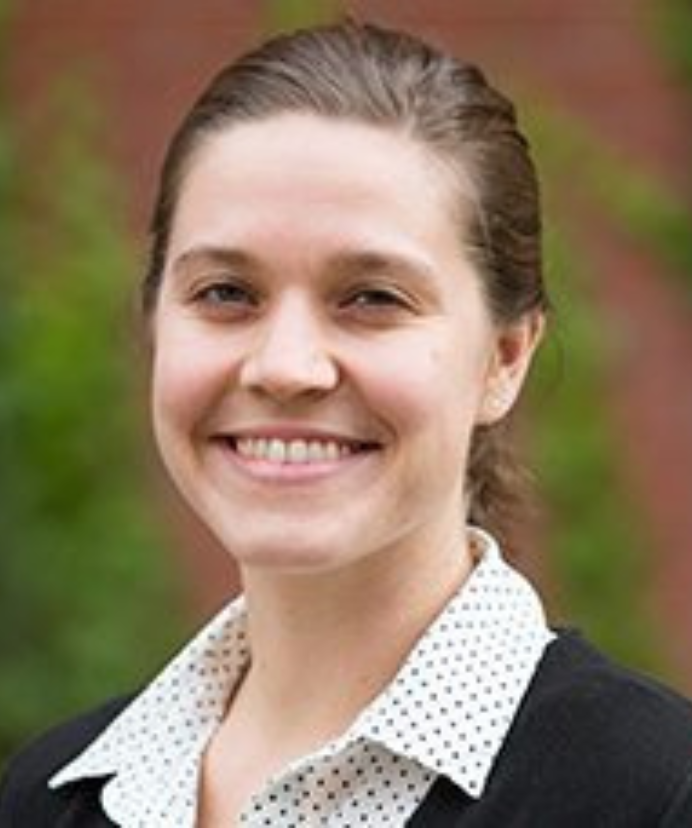Social Workers Connecting Complex Patients and PCPs
A pilot program in Portland, Maine works to bridge the collaboration gap between complex patients and PCPs to reduce breakdowns in care for patients with complicated needs.

Read Time: 5 minutes
Published:
Intense symptoms of a chronic illness recur and send a frightened patient to the Emergency Department. A physician’s efforts to empower a patient to maintain self-care are interpreted by the patient as excuses for not curing an illness. And then, the patient stops engaging in care at all.
Because breakdowns like these happen, especially for patients with complicated needs, a pilot program through a family practice health care center in Portland, Maine worked to bridge the collaboration gap between complex patients and PCPs. Results of a study of this program, conducted by Rose et al., were published in 2016 in Health & Social Work. The program deployed clinical social workers who provided critical translation and trust between complex patients and their physicians.
Complex patients are those with multiple health issues who also face social and environmental challenges like poverty and lack of education. These patients are vulnerable, their illnesses developing out of experiences of physical, financial, social, and emotional stress and trauma. These same factors can contribute to a gap in language and expectations between such patients and their primary care providers (PCP) which can have severe health consequences.
Through the pilot program, social workers met with patients and providers, attended medical appointments, processed information and experiences with patients, and worked to link patients with a range of resources. These interactions uncovered misunderstandings about how chronic illness behaves and misconceptions about patients’ knowledge. More generally, these conversations helped establish clear, explicit communication in shared language about mutual medical concerns.
The program targeted patients with chronic illnesses and atypically high levels of hospital and emergency service use, as identified through referrals by medical providers and patient service records.
The program targeted patients with chronic illnesses and atypically high levels of hospital and emergency service use, as identified through referrals by medical providers and patient service records. The intervention evaluated in this study was conducted with support and input from the medical center’s medical director, population health director, and clinical social worker. The intervention focused on addressing the barriers to patients’ self-management of their conditions. By emphasizing self-efficacy, increasing patients’ sense of control and involvement, and providing specific knowledge, the program ultimately produced improved health, quality of life, and economic outcomes.
Perhaps the success of this program was rooted in an understanding that standard care – and standard communication – does not fit the needs of many complex patients. This understanding is reflected by the shared perspective the range of care providers at the medical center involved in the study articulate. As the research team said: “Standard primary care is designed to encourage individuals to become better consumers of medical care…We posit that being consumers of medical care does not improve health within this [vulnerable patient] population, but rather that it is the production of health through relational connections designed to introduce people to the idea of being co-producers of their own health that improves health.”
This pilot program identified a key gap between the self-efficacy patients are assumed to experience and the feeling of powerlessness many vulnerable patients actually experience. Patient self-efficacy is an assumption of the philosophy behind standard primary care practices. The pilot program addresses patients’ underlying psychosocial needs, such as felt powerlessness, in addition to improving concrete medical care and therefore has potential as a lasting and sustainable approach.
This pilot program identified a key gap between the self-efficacy patients are assumed to experience and the feeling of powerlessness many vulnerable patients actually experience.
Social workers played a key role in this program, leading a larger care team and working individually with patients. In line with the program’s attention to patients’ vulnerable experiences, the philosophy of engagement with patients reflects principles of empowering trauma survivors: “We work to increase patients’ capacity for participation by developing consistent, validating relationships focused on increasing patients’ control over their bodies.”
Giving patients power in decision-making as well as knowledge and support to make decisions led to promising results. Among the 12 participants who lasted through the three-year program (6 more did not remain in treatment for the full study period), there was a 49% decrease in hospitalizations, a 5% decrease in emergency department visits, and improved access to housing, food, and community resources. The program estimated economic savings of over $100,000 during the course of the pilot.
Patients benefited on an individual level from the pilot, and health care providers benefited on a systemic level, achieving more efficient and more cost-effective services. To extend these benefits further, the program’s designers advocate taking advantage of the natural affinity between social work and public health. Specifically, having measured and assessed patients’ medical and social vulnerability, future research and programming could analyze vulnerability across a health system’s entire patient population and implement a population-specific social work intervention for patients with the highest levels of risk.
Feature image: Corey Templeton, Faces in the Alley, used under CC BY-NC-ND 2.0, cropped from original



